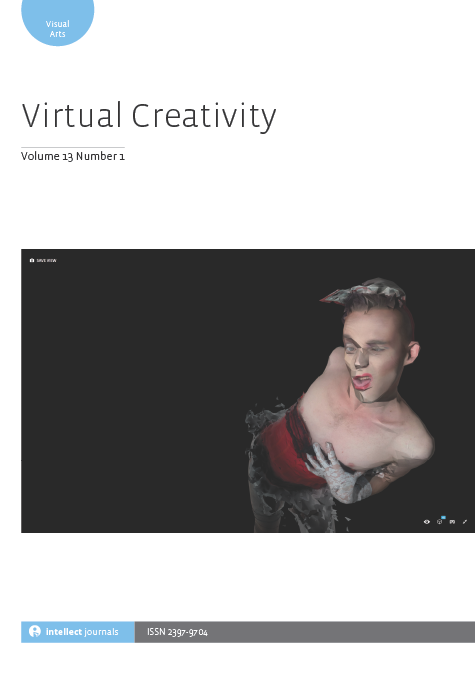
Full text loading...

Starting from the last decade of the twentieth century, the architectural circles started to show more interest in the concept called the ‘virtual realm’. From their perspective it was an untouched and strange territory. On the other hand, from users’ perspective it was a perfect tool to eliminate the difficult conditions of daily life flow, allowing them to socialize while visiting fantastic spaces and experiencing adventures. These places may be far beyond our understanding of the real world, and they may also seem like a utopia; but despite all these they have their own realities. This new world with its inspiring spaces deserves a better understanding. It can be stated that the virtual realm actually has certain convergences with the well-known space theories from Foucault’s ‘heterotopias’ and Soja’s ‘thirdspaces’. Based on this point, the study first introduces four different examples from the virtual world and discusses how the feeling of heterotopia or thirdspace in these spaces emerges. Discussing the fact of how to read a space in this new world, when time and sense of place seem to be lost but a unique and mythical order is created, will be the main emphasis of this article.

Article metrics loading...

Full text loading...
References


Data & Media loading...

Publication Date:
https://doi.org/10.1386/vcr_00076_1 Published content will be available immediately after check-out or when it is released in case of a pre-order. Please make sure to be logged in to see all available purchase options.